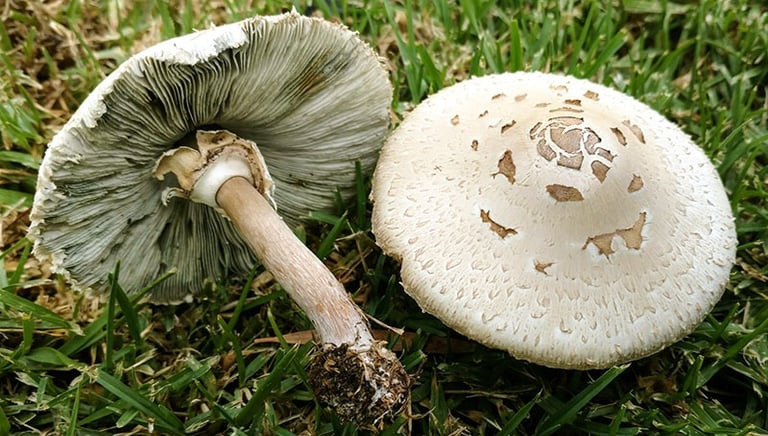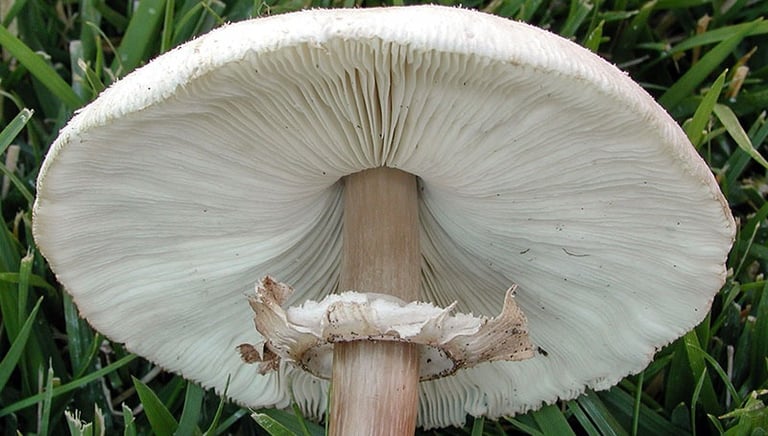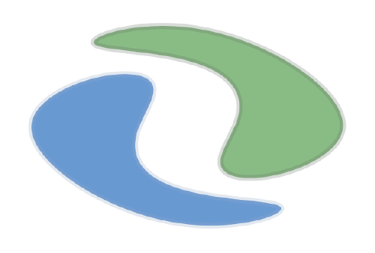Chlorophyllum Molybites




Image by Jacob Kalichman
Image by Michael Wood
Chlorophyllum molybdites, also known as the green-spored parasol or the false parasol, is a mushroom species that is commonly found in North America.
The lookalikes are;
1. True parasols (Macrolepiota procera): This mushroom is similar in appearance to Chlorophyllum molybdites but has white spores instead of greenish-brown spores. The cap of the true parasol is also more yellowish-brown in color and has larger scales.
2. Poisonous parasols (Chlorophyllum brunneum and Chlorophyllum rhacodes): These mushrooms are closely related to Chlorophyllum molybdites and have a similar appearance. However, they contain toxins that can cause severe gastrointestinal distress and other symptoms.
3. Shaggy parasols (Chlorophyllum olivieri): This mushroom is similar in appearance to Chlorophyllum molybdites but has a more olive-brown cap and stem, and the gills are more widely spaced.
Description
1. Cap: The cap of Chlorophyllum molybdites is typically 10-30 cm in diameter, with a convex or flat shape. The color of the cap ranges from pale to dark brown, and it often has scales or warts on the surface.
2. Gills: The gills of Chlorophyllum molybdites are free from the stem and white in color when young, becoming greenish-brown as the mushroom matures. The gills are relatively closely spaced and have a serrated edge.
3. Stem: The stem of Chlorophyllum molybdites is typically 10-30 cm tall and 1-3 cm thick. It is white and has a fibrous texture, often with a ring or skirt near the top of the stem.
4. Spores: The spores of Chlorophyllum molybdites are greenish-brown in color and elliptical or almond-shaped, measuring 12-18 x 8-10 µm.
5. Habitat: Chlorophyllum molybdites is typically found in grassy areas, such as lawns, parks, and pastures, from late spring to early fall.







